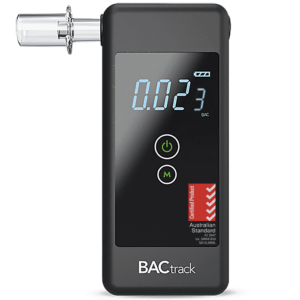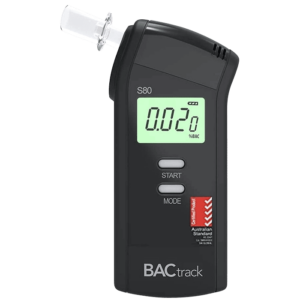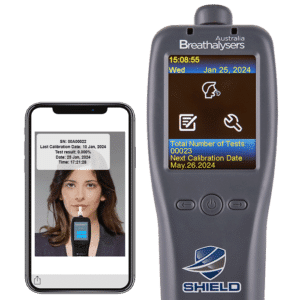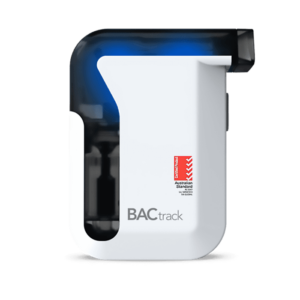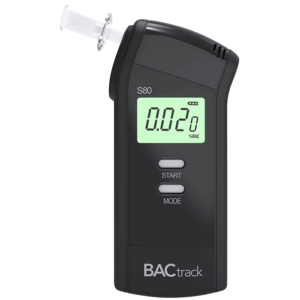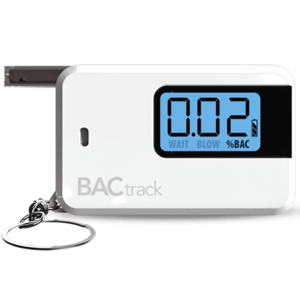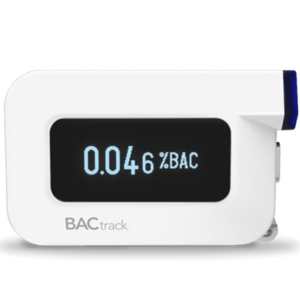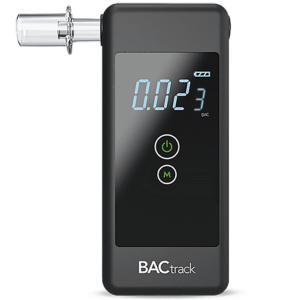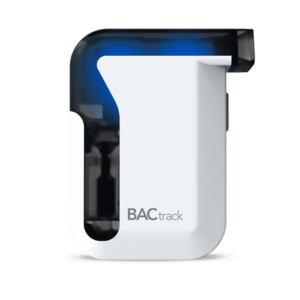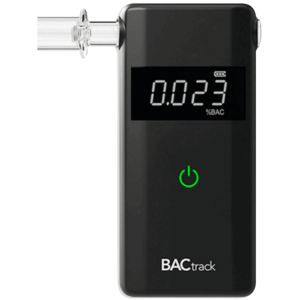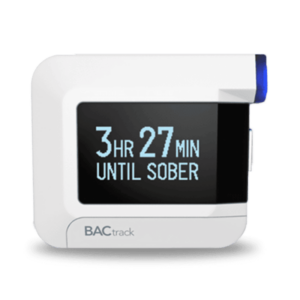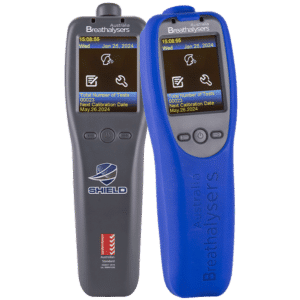Employer Drug and Alcohol Testing: Reasons, Types & Implications
11 January, 2024

Many business owners conduct employer drug and alcohol testing. This is to ensure workplace health and the safety of employees. Accordingly, there are several reasons to conduct the testing for employees. This includes pre-employment testing, random testing, reasonable suspicion testing, and post-accident testing. Moreover, the types of tests involve urine, saliva, hair, blood, and breath testing. However, there are several implications of a positive result. This may include rehabilitation and disciplinary actions.
Illicit drug use and alcohol impairment in the workplace can harm the productivity, well-being, and health and safety of workers. To address this issue, many employers have implemented alcohol and drug testing programs. By identifying workers under the influence, companies can reduce accidents and poor concentration and protect their workers and businesses. This article will present the reasons to conduct alcohol and drug testing, the types of tests, and the implications of positive results.
Reasons to Conduct Employer Drug and Alcohol Testing
Employer drug and alcohol testing is conducted for a few vital reasons at different times during employment relationships. Pre-employment drug testing is done to ensure potential employees do not start work with a substance problem. This reason for testing is an essential part of workplace policy in maintaining a safe and productive work environment.
Accordingly, random drug testing helps companies detect and deter the effects of drug and alcohol risk. By conducting ethanol and drug tests without warning, employers can discourage substance use. Moreover, reasonable suspicion testing occurs when an employer has a supported cause to believe that a worker is under the influence of positive drugs and alcohol at work. This includes behaviours like unsteady gait or unusual behaviour.
Post-accident testing is another reason to screen employees for drug and alcohol misuse. Accidents may cause injury or significant property damage. Hence, a workplace investigation helps determine if the parameters of drugs or ethanol are a factor in the accident. Nevertheless, companies are responsible for providing a safe and secure work environment for all workers. Hence, this testing is an essential tool in meeting employer obligations.
Benefits of Workplace Testing
- Safe work environment: companies can reduce safety risks, including accidents, injuries, employee impairments, and other safety hazards in the workplace. This is crucial for safety-sensitive industries that use heavy machinery.
- Productivity: substance abuse can lead to absenteeism and poor decision-making. By testing, organisations can help workers overcome these challenges and enhance their productivity.
- Overall well-being: through mandatory drug testing and subsequent support programs, companies can assist employees with physical and mental health issues due to substance use.
- Protect business reputation: organisations can demonstrate their level of commitment to a substance-free workplace and reduce the likelihood of damage to their reputation.

Types of Employer Drug and Alcohol Testing Methods
There are several testing method options for conducting employer drug and alcohol testing. Urine testing is one of the most common methods which utilises a urine sample. It is relatively non-invasive and offers a wide detection window. Meanwhile, saliva or oral fluid testing is gaining popularity for its ease of use and non-invasive nature. However, this has the shortest detection window of about 12 to 48 hours.
Furthermore, blood testing is considered one of the most accurate methods for detecting the presence of substances. It can provide precise measurements of substance levels. Meanwhile, hair testing involves analysing a small sample of hair. This has the widest detection window, typically up to 90 days. This method is valuable for identifying a pattern of substance use over time.
Breath testing is often used for alcohol tests. It measures the blood alcohol concentration using a breath sample. This method is non-invasive and can provide rapid results. Breath testing devices, such as breathalysers, are commonly used for alcohol screening. Ultimately, each type of testing has its strengths, and the choice of method depends on specific needs and requirements.
Detectable Substances
The various types of tests available can detect a wide range of substances. Cocaine, a potent stimulant drug, is among the detectable substances due to its potential to cause impairment and safety risks. Accordingly, cannabis or marijuana, which contains psychoactive compounds, is another detectable drug. Also, it can identify opioids, including prescription pain medications and illicit drugs such as heroin.
In addition, the methods of testing can also monitor the use of prescription medications for different health conditions. Moreover, it can detect the presence of ethanol. It is an active ingredient in most alcoholic beverages that can impair individuals.

Implications of a Positive Result After Employer Drug and Alcohol Testing
When employer drug and alcohol testing returns a non-negative or positive result, it can have significant implications. From a professional standpoint, an employee with a non-negative result may face disciplinary measures. This could range from counselling and rehabilitation programs to suspension or termination. Ultimately, this depends on the severity of the violation and the guidelines in the workplace policy. Failing a test can also tarnish the professional reputation of the worker.
From the perspective of the organisation, a positive result can impact workplace safety, productivity, and morale. It may necessitate additional measures to mitigate the potential risks with impaired workers. Hence, it may include reassigning tasks, implementing more stringent supervision, or incurring costs related to investigations or legal matters.
Also, a non-negative result may generate challenges to regulatory compliance. Non-compliance with regulatory requirements can result in penalties, fines, and reputational damage to the company. Moreover, unsafe working conditions can impact the relationship of the organisation with clients, partners, and stakeholders because it erodes trust and credibility. Therefore, it could lead to significant repercussions.
Can an Employee Request Confirmatory Testing?
Yes, an employee can request a confirmatory test. This refers to a secondary test to validate the results of an initial test. In certain situations, an employee may feel that the initial test is inaccurate or may want to challenge the results. Hence, they may wish to provide more conclusive evidence. Thus, they have the right to request a confirmatory test to ensure the validity and accuracy of the initial test results.
Confirmatory testing uses advanced techniques to provide reassurance and clarity regarding previous results. Thus, if the confirmation report is negative, they may disregard the initial result.
Conclusion
In summary, employer drug and alcohol testing is an essential practice in maintaining a safe and productive work environment. Companies usually conduct the assessment for several reasons. This may include pre-employment testing, random testing, reasonable suspicion testing, and post-accident testing. Accordingly, this provides numerous benefits. It promotes safety, productivity, and overall well-being and protects business reputation. Hence, this is particularly important in industries where safety is a primary concern.
The testing offers a wide range of methods. This involves urine, saliva, blood, hair, and breath alcohol testing. Furthermore, these types of testing can detect substances. Some examples are cocaine, marijuana, opioids, prescription medications, or ethanol. Nevertheless, it is crucial to know the implications of a positive result. This may lead to disciplinary actions and can impact the organisation. However, a worker can request confirmatory testing to validate the initial testing and provide reassurance and clarity.


















